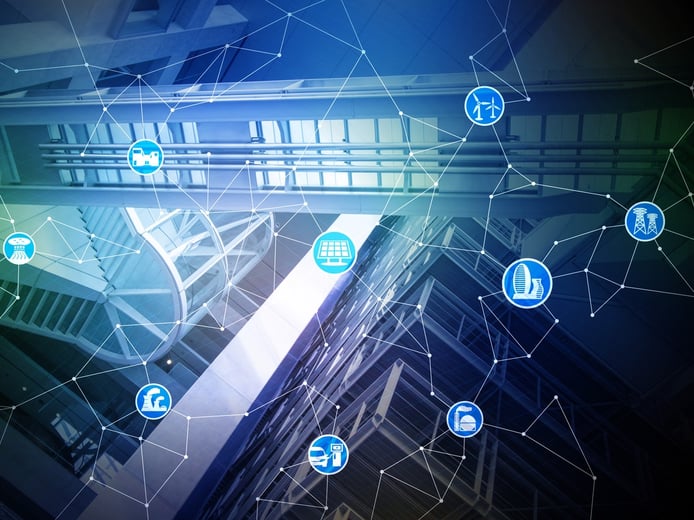
Topics: Microgrids, controller hardware in the loop, Virtual HIL, HIL, DER

Topics: Virtual HIL Device

In computing, a virtual machine (VM) is an emulation of a given computer system, while an emulator is a piece of software that enables one computer system (called the host) to run software of another computer system (called the guest).
Virtual HIL Device is no different. It is a software toolbox within a HIL toolchain that enables HIL models to run on a PC instead of on a HIL device. Virtual HIL Device is not a simulator, or a circuit compiler that is supposed to make your simulation run faster. It is a true HIL emulator that runs the same code that runs on the proprietary HIL processor and communicates with the same HIL toolchain with all of its advanced features such as scope, capture, Python API and HIL SCADA. In other words Virtual HIL Device brings signature Typhoon HIL interactivity to a desktop application.
Topics: Research Laboratories
Merriam Webster’s Dictionary defines myth simply as “an idea or story that is believed by many people but that is not true”. Myths are not only the stuff of fairytales and bedtime stories. They also appear in engineering, even in power electronics. Let us now take a closer look at seven HIL402 myths and see how they stack up against reality.
Topics: Research Laboratories, Microgrids

Digital control and communication are playing an ever more important role in the field of power electronics and power system. C-HIL (Controller Hardware In the Loop) technology can strongly support this technological evolution when applied in the learning process at undergraduate and graduate level.
Moreover it makes power engineering more hands on and interactive as well as accessible to undergraduate students because there are no dangers, costs and tight supervision requirements of the power laboratory.
Topics: Research Laboratories
 Until recently there were practically no Hardware in the Loop (HIL) systems in the market developed specifically for power electronics and microgrid applications.
Until recently there were practically no Hardware in the Loop (HIL) systems in the market developed specifically for power electronics and microgrid applications.
This meant that only large companies in rail and aerospace could afford to add some power electronics HIL functionality on top of their general purpose HIL systems.
Nowadays, with powerful system on chip devices that combine the flexibility of general-purpose processors with the low latency of the FPGA fabric, a multitude of new vendors are competing for their place in this promising market.
The multitude of competing offers and marketing messages creates confusion with the selection process. This document will attempt to clarify by pointing out six important criteria that need to be considered when selecting your next HIL system.
Copyright © 2022 Typhoon HIL, Inc. Privacy policy Terms of Service